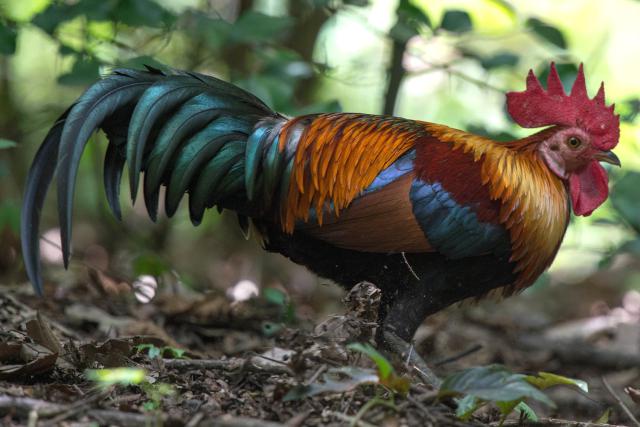Putting the chicken before the eggs

The free range eggs debate misses a crucial point: that the definition should stem from what hens want, not what we want
Published 1 April 2016
The current free range eggs debate is a prime example of where an industry expands faster than the very science that’s meant to support it.
Both animal welfare and farming practices are strengthened by good science. But problems arise when market demand and economic forces drive an industry to make changes without the backing of science-based evidence.

This is what we’re seeing with the new definition for free range eggs, which has just been approved by Australia’s consumer affairs ministers.
It states that free range eggs must come from hens that have “meaningful and regular access to the outdoors”, with a stocking density not exceeding 10,000 birds per hectare.
The information must also be disclosed prominently.
Unfortunately, the first part of this definition can be considered rather loose and subjective, while the evidence to support the second part is questionable.
Despite being often raised in the name of hen welfare, there has been no scientific investigation on the effects of outdoor stocking density on hen behaviour or welfare to date, and no scientific support to assist regulatory decisions.
Capping outdoor stocking density to 10,000 hens per hectare is likely to simply result in large-scale farms setting up on larger pieces of land.
If it is used as the defining, quantitative measure of welfare for egg-laying hens, then it has potential to mask poor welfare outcomes.
Requiring that stocking densities be displayed on egg cartons could mislead consumers that indeed, outdoor stocking density matters to hen welfare, when in fact at present there is no scientific evidence either that it does, or it does not.
Overall, the debate around outdoor stocking density has been driven by emotions, perceptions and economics rather than science-based evidence.
Hens rarely venture far away from the shed or in exposed environments, a remnant of the behaviour of their wild ancestor, the Red Jungle fowl. Furthermore, in the hen’s eyes, the quality of that outdoor range matters more than quantity.

For example, our research at the University of Melbourne/Animal Welfare Science Centre showed that free range hens prefer different types of habitat, depending on cover and floor substrate, and that these preferences can change depending on the time of day or activity (under a gum tree is a nice place to take your midday nap, if you’re a chook).
The debate on a definition of free range overlooked the most numerous and most concerned actors: the laying hens themselves, who live in these farms and work hard to provide the eggs so many of us like.
The definition of a free range hen should come from what the hens want, not from what people think the hens want. Indeed, this is the mission of animal welfare science, the scientific study of the extent to which different situations or environments affect an animal, from the animal’s point of view.
Our research has focused on hen behaviour and hen welfare: how would a hen see herself as a free range chook. We studied how often, how long and how far hens range, using RFID tags to track individual hens’ movements on a commercial farm.
While most of the data is still being worked through, the evidence from the first flock showed that 85 per cent of the hens accessed the outdoor range over the two weeks of study, despite it being winter.

However, few hens were usually seen outside at the same time, as they moved frequently between different areas, making it hard to judge visually and without technology that most hens in that flock made regular access to the range (they rotate). Hence, a lot more hens use the range than one can predict from just looking at the overall flock, given that most commercial hen flocks usually count in hundreds to thousands of animals. This makes the definition hard to enforce.
Stocking density has driven the news and policy decisions, despite the absence of scientific evidence to define an appropriate number for hen behaviour and welfare.
At present, it risks becoming a standard with no supporting scientific evidence, which may not yield tangible benefits to or protection of the hens’ welfare. In the worst case scenario, it may adversely affect hen welfare or economic considerations.
In the meantime, the debate overlooks what should be its most important considerations: hen welfare and sustainable farming, based on science-based decisions and ethics.
Banner image: Kate Brady / Flickr.
